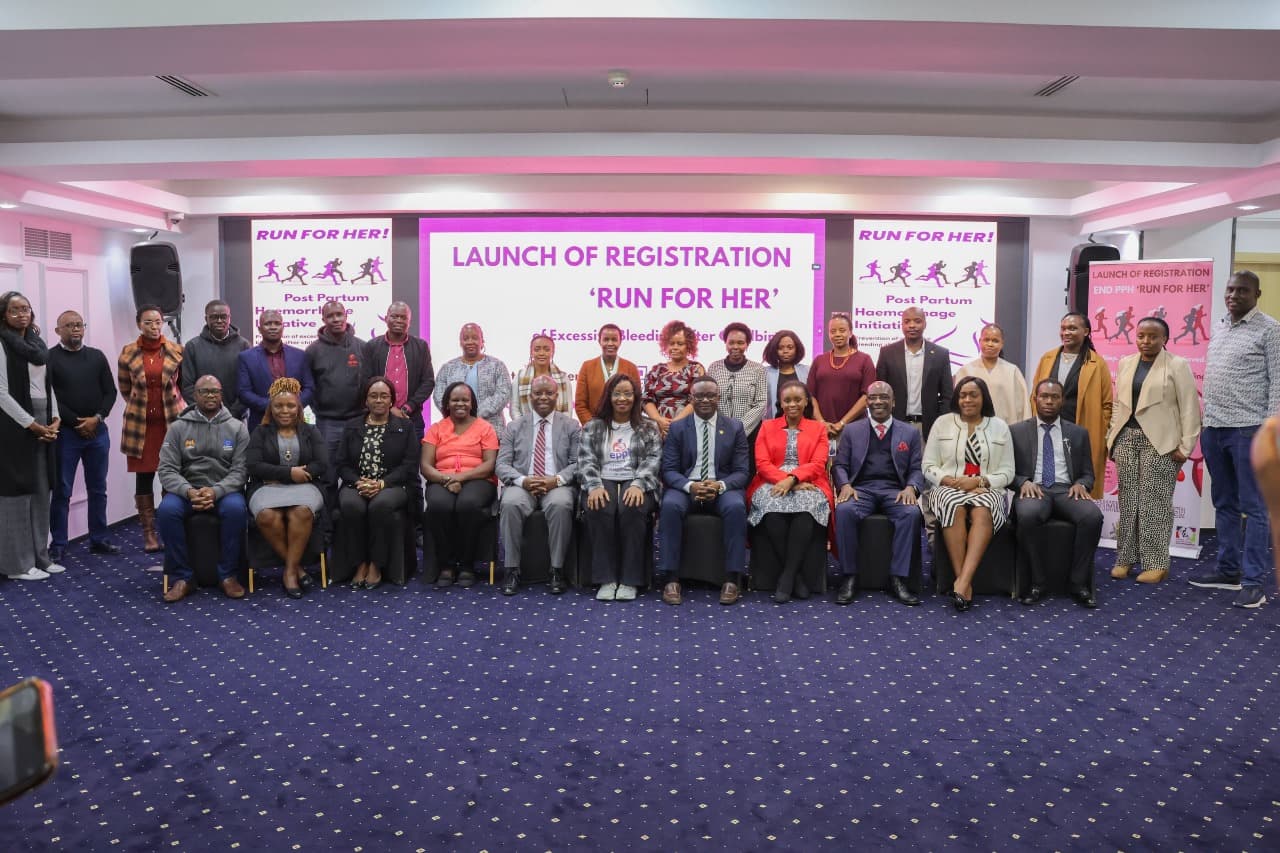We're loading the full news article for you. This includes the article content, images, author information, and related articles.
Sixteen women die daily in Kenya from childbirth complications, a national tragedy fuelled not by isolated incidents but by deep-rooted failures within the healthcare system.

NAIROBI, Kenya – An estimated 6,000 women die from pregnancy and childbirth complications in Kenya every year, a figure that translates to approximately 16 deaths each day. This persistent crisis, according to health experts and official data, is overwhelmingly driven by systemic failures across the nation's healthcare ecosystem rather than isolated medical errors. Kenya's maternal mortality ratio (MMR) stands at a stubborn 355 deaths per 100,000 live births, a figure nearly five times higher than the Sustainable Development Goal target of 70 per 100,000 by 2030.
In response to the alarming statistics, Health Cabinet Secretary Aden Duale announced on Tuesday, 28 October 2025, that the government will revoke the licenses of medical facilities and practitioners found to have high rates of maternal mortality. This move follows the release of a nationwide assessment of over 3,600 health facilities which revealed that only four in ten have the capacity for safe childbirth. However, healthcare professionals and researchers argue that such measures, while promoting accountability, fail to address the fundamental weaknesses that lead to these preventable deaths.
The journey of a pregnant woman in Kenya is fraught with peril, often analysed through the “Three Delays Model”: delays in seeking care, delays in reaching a facility, and delays in receiving adequate treatment at the facility. It is the third delay—failures within the health system itself—that is receiving the most intense scrutiny.
The leading direct cause of these deaths is postpartum haemorrhage (PPH), or excessive bleeding after childbirth, a condition that is often manageable with proper resources. Other major causes include hypertensive disorders like eclampsia, infections, and complications from unsafe abortions.
A critical failure point is the lack of basic infrastructure and supplies, particularly in the lower-level facilities where most Kenyans give birth. A 2024 Service Availability and Readiness Assessment found that only 37% of facilities offering delivery services met the seven criteria required for Basic Emergency Obstetric and Newborn Care (BEmONC). Many rural and lower-level hospitals lack consistent access to blood for transfusions, essential medicines, and functioning surgical theatres. Furthermore, less than a fifth of facilities offering antenatal care have crucial diagnostic tools like obstetric ultrasounds.
The crisis is compounded by a severe shortage of skilled health workers. The Kenya Union of Clinical Officers (KUCO) notes that the country has only 7,000 clinical officers, half of the 14,000 required for adequate maternal care. Studies, such as one conducted in Migori County, highlight that inadequate staffing leads to sub-optimal care across the pregnancy continuum, from antenatal to post-natal stages. This workforce gap is exacerbated by absenteeism and a weak mentorship system, as noted in a recent Ministry of Health report.
Financial hurdles present another significant barrier. While the government has initiatives for free maternity services, experts warn that poor and vulnerable women are often locked out of life-saving care. Dr. Davis Okombo, a global maternal health researcher, stated in October 2025 that to access higher-level facilities for complications like PPH, patients must be registered with the social health insurance fund with up-to-date premiums, a requirement many cannot meet. This exclusion, he argued, is a death sentence for the poor.
The burden of maternal mortality is not evenly distributed. Deep structural inequalities based on geography, education, and income determine survival rates. Counties such as Tana River, Garissa, West Pokot, and Wajir report some of the highest numbers of fatalities and face significant gaps in services like family planning. For instance, the unmet need for contraception exceeds 25% in counties like West Pokot and Samburu, compared to less than 5% in Laikipia and Embu.
The Ministry of Health has acknowledged these systemic challenges. In late October 2025, it launched the Reproductive, Maternal, Newborn, Child and Adolescent Health and Nutrition (RMNCAH+N) Investment Case, a five-year plan to inject Sh460 billion (US$3.54 billion) into strengthening these services. Officials project this investment could save 4,611 maternal lives and prevent over 11,000 stillbirths by 2030. The ministry is also establishing a digital maternal death reporting system to track every case in real-time, treating failure to report as a criminal offense.
While these initiatives signal a renewed focus, experts maintain that true progress hinges on addressing the entire chain of failures: from building and equipping facilities to hiring and training staff, ensuring commodity security, and removing financial barriers for every Kenyan woman. Until then, childbirth will remain a life-threatening event for far too many.
Keep the conversation in one place—threads here stay linked to the story and in the forums.
Other hot threads
E-sports and Gaming Community in Kenya
Active 7 months ago
Popular Recreational Activities Across Counties
Active 7 months ago
The Role of Technology in Modern Agriculture (AgriTech)
Active 7 months ago
Investing in Youth Sports Development Programs
Active 7 months ago